Product Configuration and Feature Overview
Product Configuration
This product is a plug-in that adds functionality to the MicroPeckerX Control Software for the MicroPeckerX CAN FD Analyzer (models S810-MX-FD1/S810-MX-FD2). Please use it together with the MicroPeckerX CAN FD Analyzer (S810-MX-FD1/S810-MX-FD2).
MicroPeckerX Message Authentication Plug-in
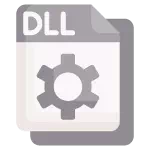
MicroPeckerX CAN FD Analyzer
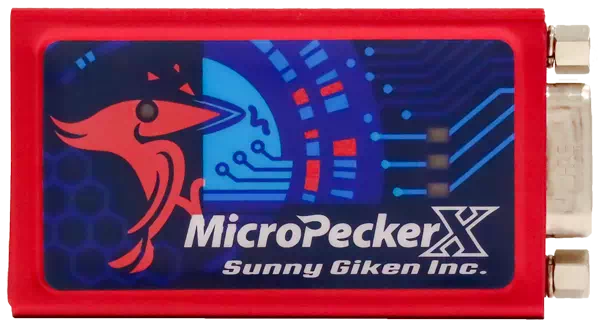
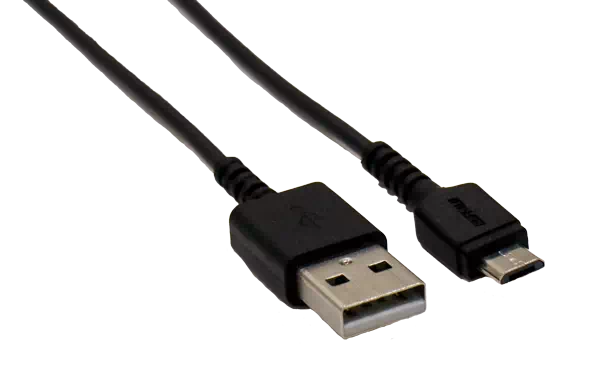
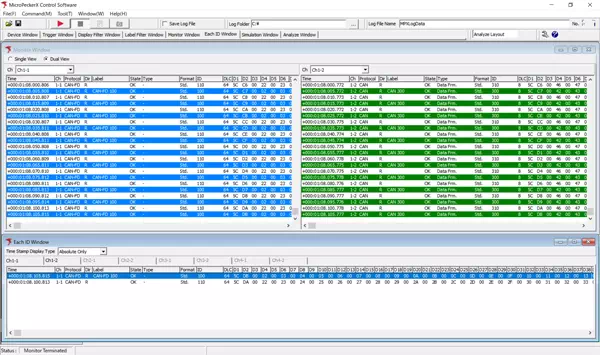
MicroPeckerX Control Software (GUI application)
- Download from the Sunny Giken website
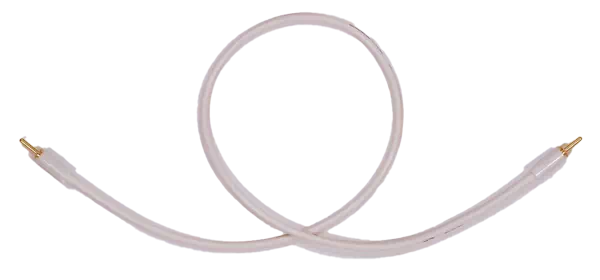
Feature Overview
This product provides the following features.
| Feature | Overview |
|---|---|
| Message authentication setup | Configure message authentication (MAC/FV, etc.) for each CAN/CAN FD channel and CAN ID in detail. Supports JASPAR specifications and custom profiles. |
| Monitoring and log display | Display and record in real time the transmission/reception status of authenticated messages, verification results (OK/NG), and parameters (MAC, FV, payload, etc.). |
| Security configuration management | Save and load security configuration files, making it easy to manage multiple projects or complex settings. |
| Callout DLL integration | Integrate custom authentication algorithms or parameter generation logic (MAC keys, FV generation, etc.) through external DLLs. |
| JASPAR specification support | Configure and verify message authentication flows and counter structures compliant with the JASPAR standard. |
| Error message display | When settings are invalid or authentication errors occur, detailed error messages and suggested actions are shown. |
| Bulk management and list display of settings | Manage and review configured CAN IDs and authentication parameters in the GUI at a glance. |
Operating Environment
The operating environment for the message authentication feature is as follows.
| Item | Details |
|---|---|
| OS (※1) | Windows 11 (64-bit), Windows 10 (64-bit) (��※2) (※3) |
| CPU (※1) | Intel or AMD x86 processors that meet all of the following: ・Core i3/Ryzen 3 or higher (Core i7/Ryzen 7 or higher recommended) ・Supports AES-NI and AVX2 instructions (※4) |
| Hard disk | At least 10 GB of free space (※5) |
| Memory (※1) | 8 GB or more (16 GB or more recommended) |
| USB ports | USB 2.0 (Hi-Speed) compliant ports, with enough ports for the number of connected MicroPeckerX units (※6) |
| Screen resolution | 1920×1080 or higher recommended |
| Other | Monitor, keyboard, mouse |
※1: Beforehand, use the "System Checker" to make sure the environment meets the requirements above. ※2: On PCs with power-saving features, configure the system so it does not enter sleep mode, stop the hard drive, or throttle the CPU while using this product. ※3: Virtual environments are not supported. ※4: Applies to processors such as 4th generation Intel Core or later. ※5: Secure sufficient free disk space when running long monitoring sessions. ※6: When connecting via an external USB hub, be sure to use a self-powered hub and supply power externally. Using a bus-powered USB hub may prevent the device from operating or cause instability.
Confirm with the System Checker
Before using the MicroPeckerX Message Authentication Plug-in, make sure that your CPU is supported by checking with the System Checker tool below. If the environment does not meet the requirements, the Security Window will display "This computer doesn't meet system requirement," and the message authentication feature cannot be used.
Download the System Checker
Use the button below to jump to the System Checker download section on the product site. After completing the form, a download link for the System Checker will be sent by email.
Download System Checker
How to Use the System Checker
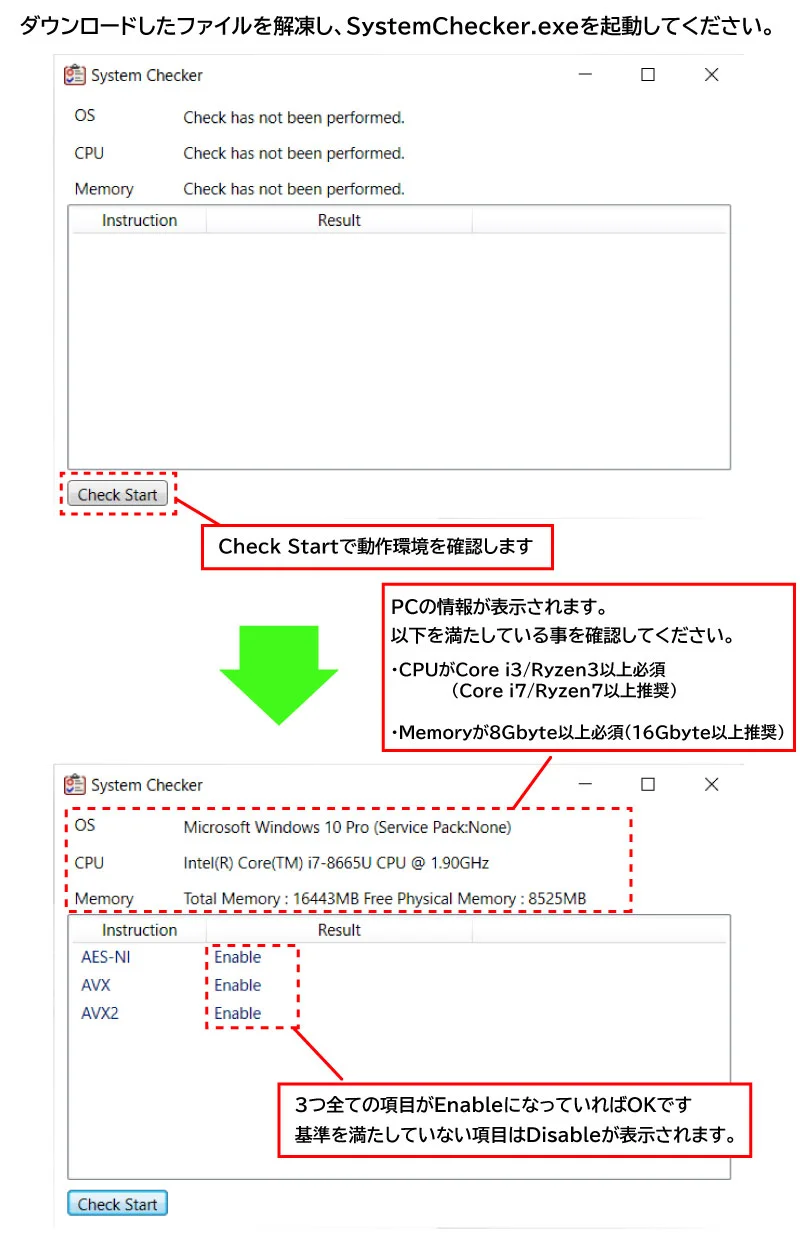
Terminology
The following terms are used in this guide.
| Term | Description |
|---|---|
| CAN | Abbreviation for Controller Area Network, a communication protocol developed for in-vehicle networks. Standardized as ISO 11898. |
| CAN FD | Abbreviation for CAN with Flexible Data-rate. An extension of CAN that supports higher-speed, larger-capacity data transmission. Standardized as ISO 11898-1:2015. |
| MicroPeckerX | Generic name for the hardware system equipped with in-vehicle communication interfaces. Used together with applications for data capture and analysis. |
| Arbitration | The identifier (ID) field at the start of a CAN frame. When multiple nodes request transmission simultaneously, the priority is determined by the ID value to control bus access. |
| Payload | The data field inside a CAN frame. Holds the actual raw data (signal values). Up to 8 bytes for CAN and 64 bytes for CAN FD can be transmitted. |
| Ch | Abbreviation for channel. Refers to the physical or logical communication path on a CAN bus. MicroPeckerX uses multiple channels (for example, Ch1-1, Ch1-2), each capable of independent data transmission and reception. |
| GW | Abbreviation for gateway. Devices or software that relay data between networks using different communication protocols. |
| Monitoring | Real-time display of data acquired from the CAN bus in the GUI application. |
| Logging | Automatically saving data acquired from the CAN bus to a PC folder in text (.csv) format. |
| Message authentication | A mechanism that verifies both the authenticity of the sender (prevents spoofing) and the integrity of the message to ensure it has not been tampered with. |
| MAC | Information used during message authentication to confirm the sender and detect tampering (message authentication code). Abbreviation for Message Authentication Code. |
| FV | A counter value added when generating the MAC to ensure each input message produces a different value. Abbreviation for Freshness Value. |
| CMAC/AES-128 | One of the cryptographic algorithms used for message authentication. CMAC (Cipher-based Message Authentication Code) generates MAC values using AES-128 (128-bit symmetric key encryption) to enable fast and secure validation of message integrity. |
| Security profile | A set of configuration values and specifications defined in AUTOSAR SecOC (Secure Onboard Communication) to implement security features such as message authentication. Each profile defines the authentication method, MAC generation procedure, freshness value management, data layout, and more, serving as a standard for secure communication between automotive ECUs. |
| Prefix/Postfix | Data elements added before (prefix) or after (postfix) when generating MACs. The content and length vary depending on the authentication strength and specification. |
| Element | Fine-grained data elements that make up the prefix or postfix. You can configure the bit position, length, and initial values for each element. |
| JASPAR | A general incorporated association established to standardize and share automotive software and networks to improve development efficiency and ensure high reliability as systems become more advanced and complex. Abbreviation for Japan Automotive Software Platform and Architecture. |